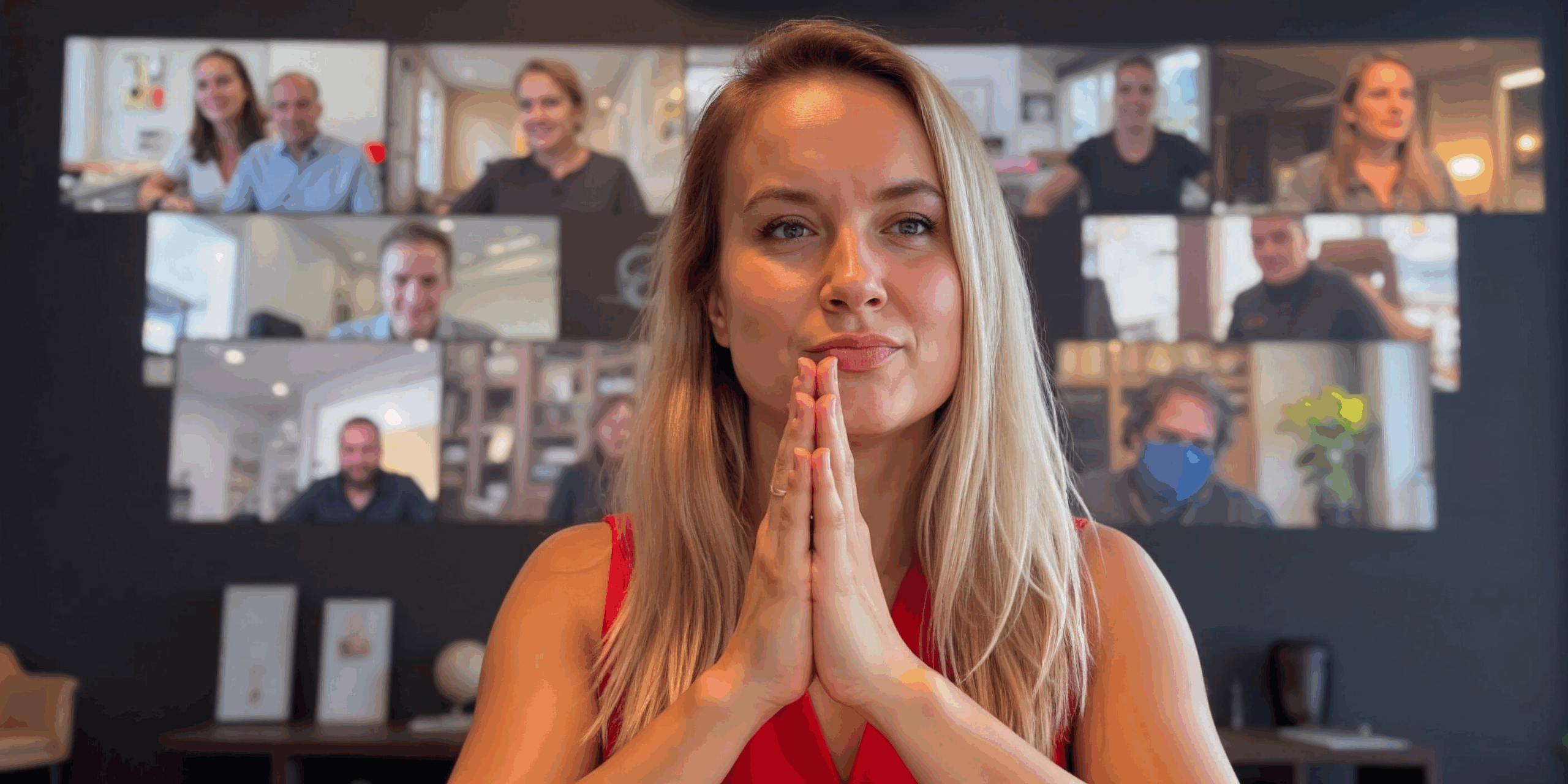Creating an e-book always felt like something “other people” did. Experts, coaches, writers… I didn’t see myself that way. I thought, Who would listen to me? What do I really know that people would pay for?
But here’s the thing: your voice, your experience, your unique way of seeing the world—those are all valuable. And when you learn to shape them into something helpful, something clear, and something others can use, that’s when your voice becomes revenue.
Let me walk you through how I helped a client create their first e-book—without a big team, without fancy tools, and without pressure. And I’ll show you how you can do the same.
“I didn’t think I had anything worth teaching” – Anu
Anu was one of my very first clients. She was brilliant, funny, and deeply empathetic. But she didn’t think she had anything “teachable.” She’d say things like, “I’m just figuring it out like everyone else” or “I don’t have a framework, really.”
And yet, every time we talked, she was dropping gold—stories, tools she used with her own clients, even phrases that stuck in your head for days. I asked her to pull out her journal and just start reading. That’s when we found them.

Turns out, she had three frameworks in her journal
No kidding—three distinct, repeatable systems she used all the time. She never named them. Never packaged them. But they were there: her method for calming clients during overwhelm, her step-by-step process for reframing self-doubt, and a simple 3-part approach to setting boundaries.
We gave each framework a name, she turned them into short lessons, added a story or example for each, and within a few weeks, she had the bones of her first e-book.
Here’s the lesson: You don’t need to invent anything new. You just need to notice what you’re already doing, name it, and share it clearly.
The low-pressure way I help clients launch their first product
Most people freeze up when they think about “launching” a product. They picture a 10-email sales funnel, landing pages, lead magnets, countdown timers. That’s one way, sure, but it’s not the only way. Here’s the low-pressure version I used for my first e-book—and the one I now use with clients:
- Voice memo your ideas – Record 5–10 minutes of you talking about what you want to teach or help people with. Don’t script it. Just talk.
- Transcribe and extract – You can then use a tool like Otter or Descript to transcribe it. Highlight the good stuff—the phrases that sound like you, the steps that repeat.
- Organize, don’t overthink – Group your ideas into sections or frameworks. Don’t worry about it being perfect. If someone can follow it and get a result, it’s valuable.
- Write like you talk – An e-book doesn’t always have to sound academic. It should first sound like you. People are buying you as much as the information.
- Sell before you’re ready – Share snippets on social media or with your email list. “Hey, I’m writing a little guide on X. Want a copy when it’s ready?” Start the conversation early.
- Use easy tools – Google Docs + Canva + Payhip = done. You don’t need a designer or a big budget.
The first time is all about proving to yourself that it’s possible. And it is. Don’t stress it, do it for yourself.

Templates are cool. But clarity is gold.
People love templates. Swipe files. Plug-and-play frameworks. I get it—it feels safer to follow a formula. But in all honesty, you can buy all the templates in the world and still fail if your message isn’t clear.
Before you do anything, ask yourself this:
- What do I want to say?
- Who am I helping?
- What problem am I solving?
- What makes my version different?
Once you’re clear on that, the writing itself comes easy. And selling becomes less about “marketing tactics” and more about inviting the right people into your world.
Anu didn’t need a fancy funnel—she needed clarity. Once she got it, her e-book basically wrote itself. She shared it with her tiny email list and sold 40 copies in the first week. That was more than enough proof that her voice was valuable—and more than enough motivation to start her second product.


